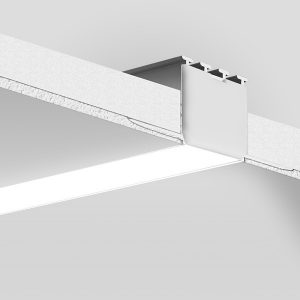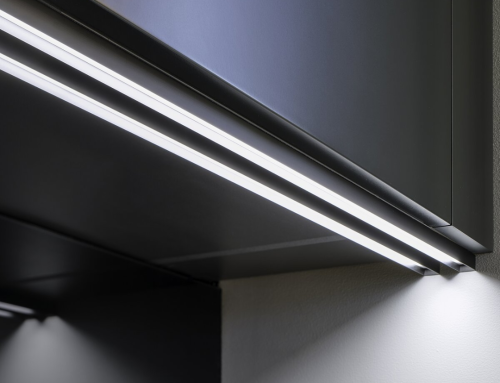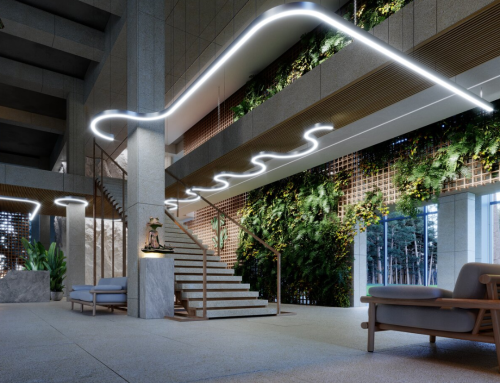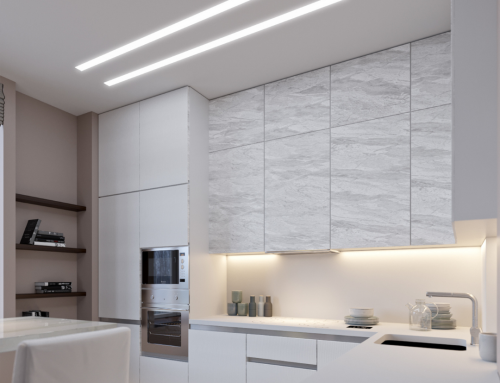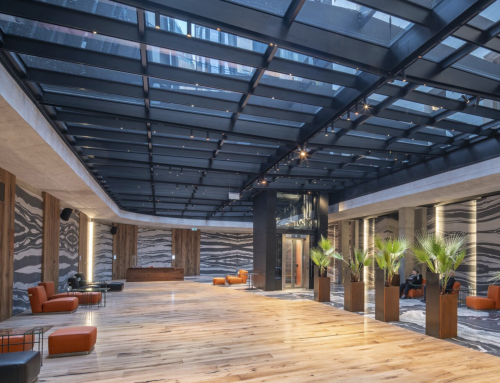Light-emitting diodes (LEDs) have many advantages over the regular fluorescent or incandescent light bulbs you see in everyday use. A few key advantages that can be noticed are the form factor of LEDs, their lifespan, and efficiency.
Form Factor
The form factor of LEDs allows for applications that may not be possible with your everyday incandescent or fluorescent light bulb. LEDs are small yellow square semiconductors that emit a light when powered on. It functions the same as a light bulb in giving off light, but is overall a more efficient option that is capable to be used in a multitude of applications. Due to the minimal size that LEDs come in it allows for numerous design choices that revolve around options that aren’t compatible with the bulkiness of light bulbs.
One such application that LED lights can be utilized in is hidden/concealed designs where the light source does not want to be seen, but still give off enough light to accent the area around it. Due to its size this is easily achievable and many designs are oriented around the principle of keeping light as hidden as possible. LEDs can also be paired with a frosted cover and extrusion in various designs provided by KLUS, to also help hide the sight of the LED itself which then allows for modern/clean looking designs where the diode cannot be seen directly, but will still light up the room.
Lifespan
The lifespan of your everyday incandescent light bulb is up to approximately 2,000 hours, fluorescent light bulbs are up to 15,000 hours, and then you have LEDs which are all the way up to approximately 50,000 hours for their lifespan. The drastic improvement in lifespan of the LEDs in comparison to your typical light bulb is evident from the above. For long term use LEDs are beneficial if its desired that replacements are less frequent. With LEDs you can lower the changing of a light bulb from every 2,000 operating hours (when the light is in use) all the way to every 50,000 operating hours. This will reduce maintenance dollars over the life of the lighting that in most cases outweighs the cost of the LED, Extrusions and accessories.
Efficiency
One of the biggest factors that have caused LEDs to be looked at more is the fact that LEDs are much more efficient. In comparison to incandescent bulbs, LEDs require much less wattage to transmit more light than an incandescent bulb. Pairing this with the reduced cost in electricity per month LEDs will always be a cheaper option long term for longevity of the product accompanied with the working cost of its continued use. The actual entry cost of acquiring an LED has decreased as more and more LEDs have been produced and are becoming the standard for lighting. With the small increase in cost of an LED your product will have approximately a 2400% increase in life span, will cost drastically less each month for the same output, and will offer customizable lighting design choices.
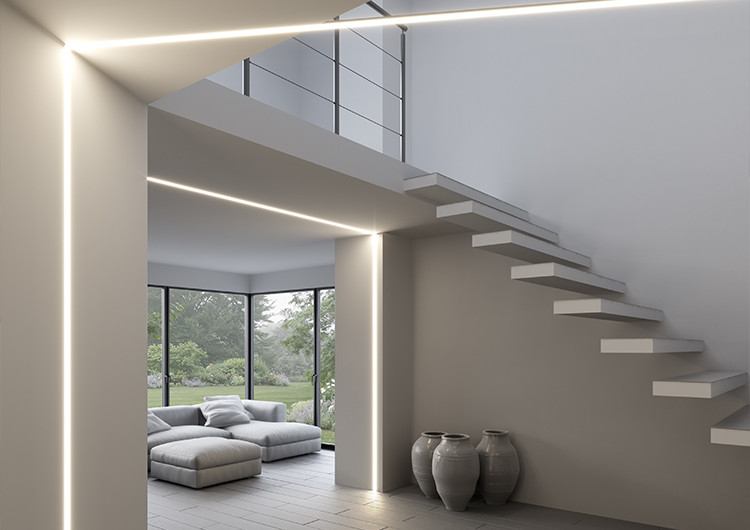
If you would like to learn more about how to integrate KLUS LED lighting systems into your home or business, please contact us or one of our representatives in your area!

